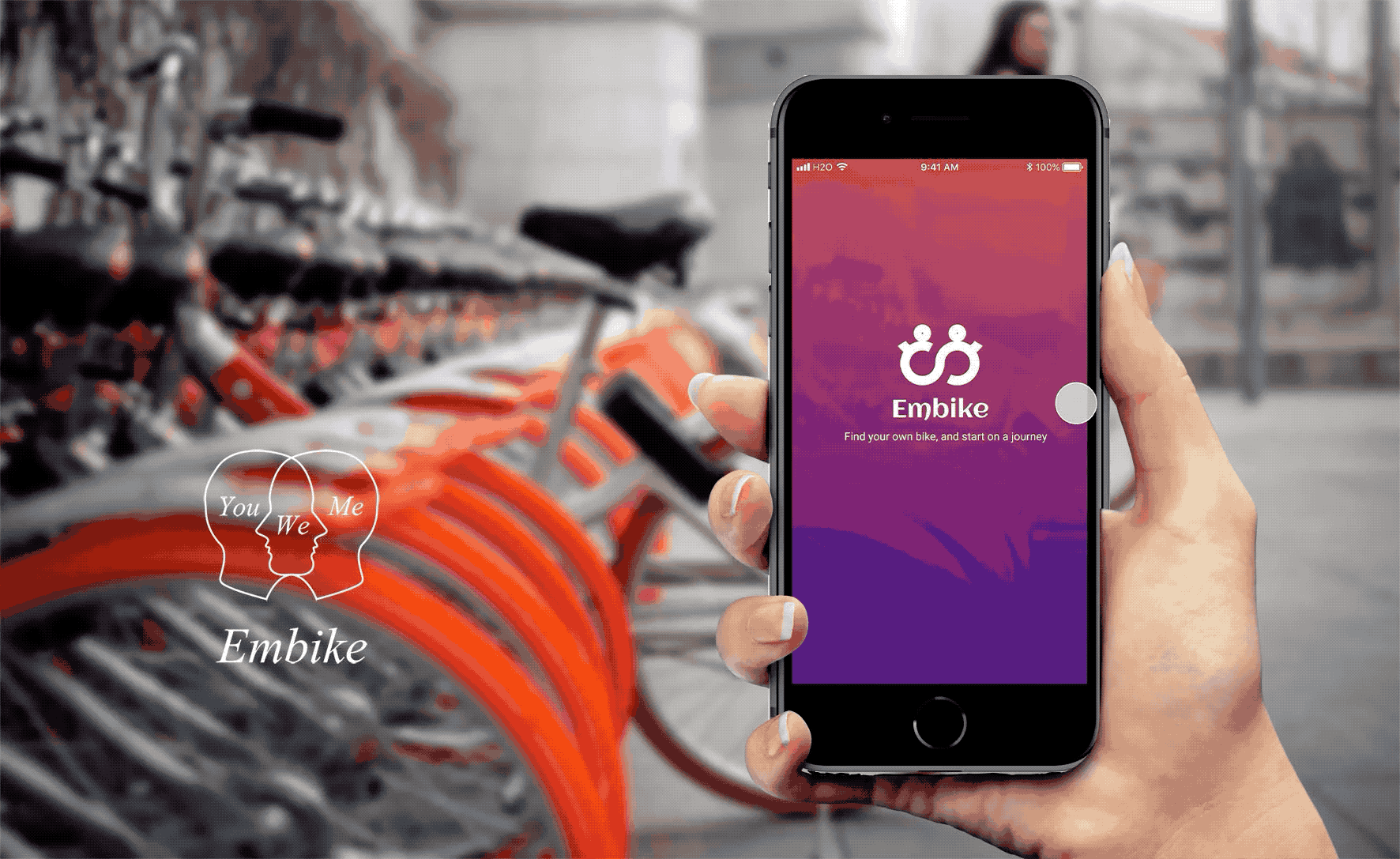
| Interactive Prototype
Bike-sharing is booming in China these years. Users just need to
download an app on their smartphones, which allows them to locate
and unlock a nearby bike. It's a cheap service, with providers
charging as little as 15 cents for every 30 minutes.
However, the convenient mode of transportation is not spared from
outrageous vandalism. Thousands of bicycles have been damaged.
Thus, finding a way to reduce the damage of shared bikes is
exceptionally urgent.
After sufficient research and analysis, I tried to apply the
psychology method of EMPATHY to solve shared bicycle
damage.
The final product,
“EMBIKE” is an app that when users register an account, they
need to adopt a bicycle that would be used by others. In this
way, to prevent their bike from being destroyed, users would
take good care of the bicycles they used.
Eventually, the damage rate would reduce.

| Challenge
“How to reduce shared bicycles being destroyed?”
To better understand users, I first did some researches. I interviewed 11 different people in Shanghai and asked them questions about how they view this issue, and what do they think are the reasons for this problem. It turns out that people believe the shared bicycles are not their personal effects, which means there is no need to take good care of them.
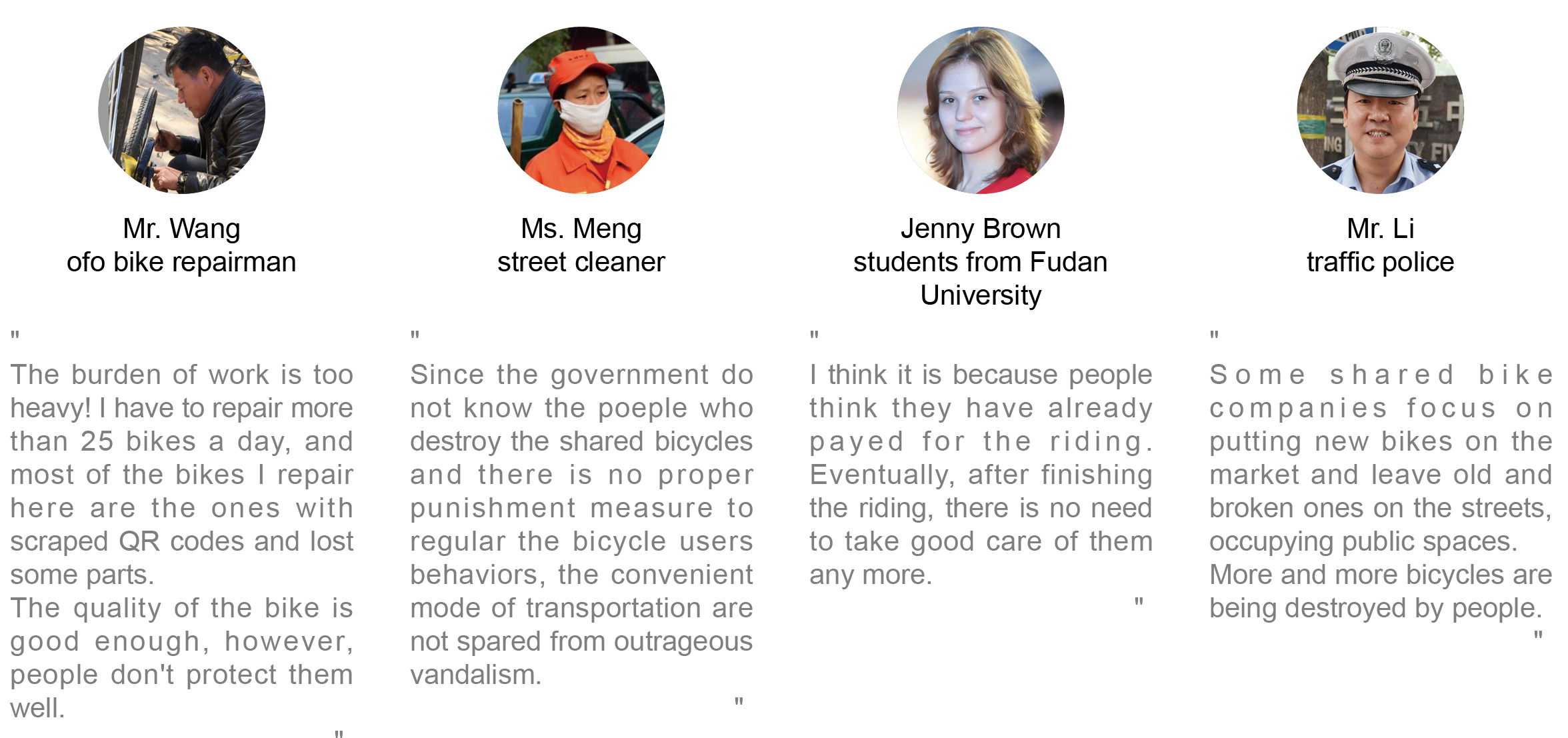
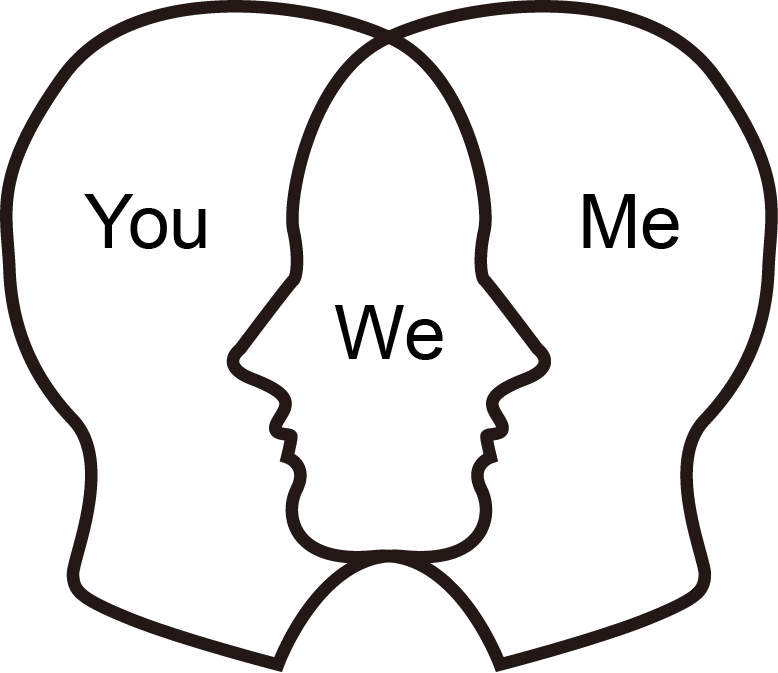
| What is Empathy?
“Empathy is the capacity to understand or feel what another person
is experiencing from within the other person's frame of reference,
i.e., the capacity to place oneself in another's position.”
——Paul S. Bellet, MD; Michael J. Maloney, MD
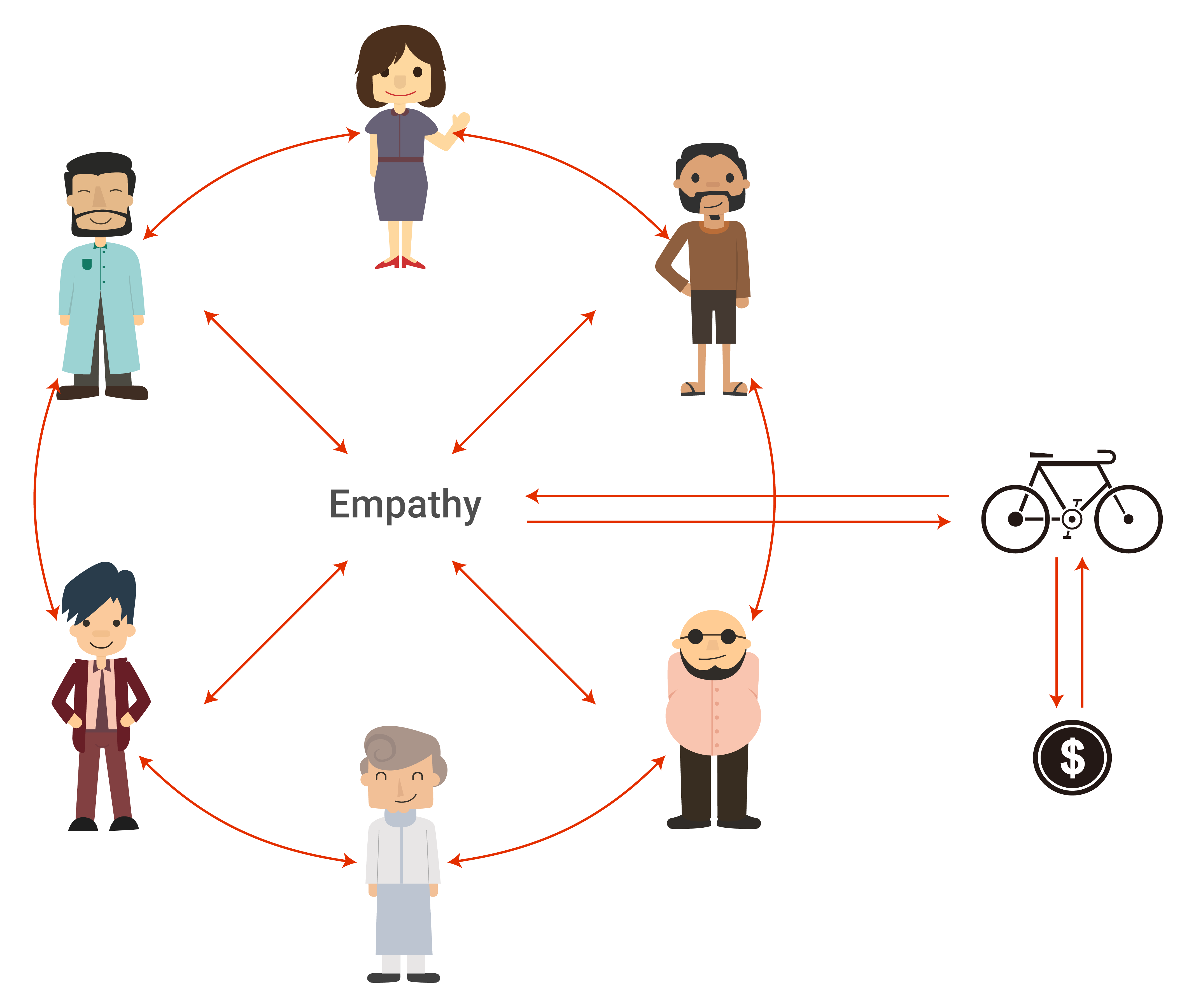

I extracted user context and insight from the research phase and created a persona, Li Ming. I focused on the people who choose shared bicycles as a means of transportation to commute between the workplace and home.

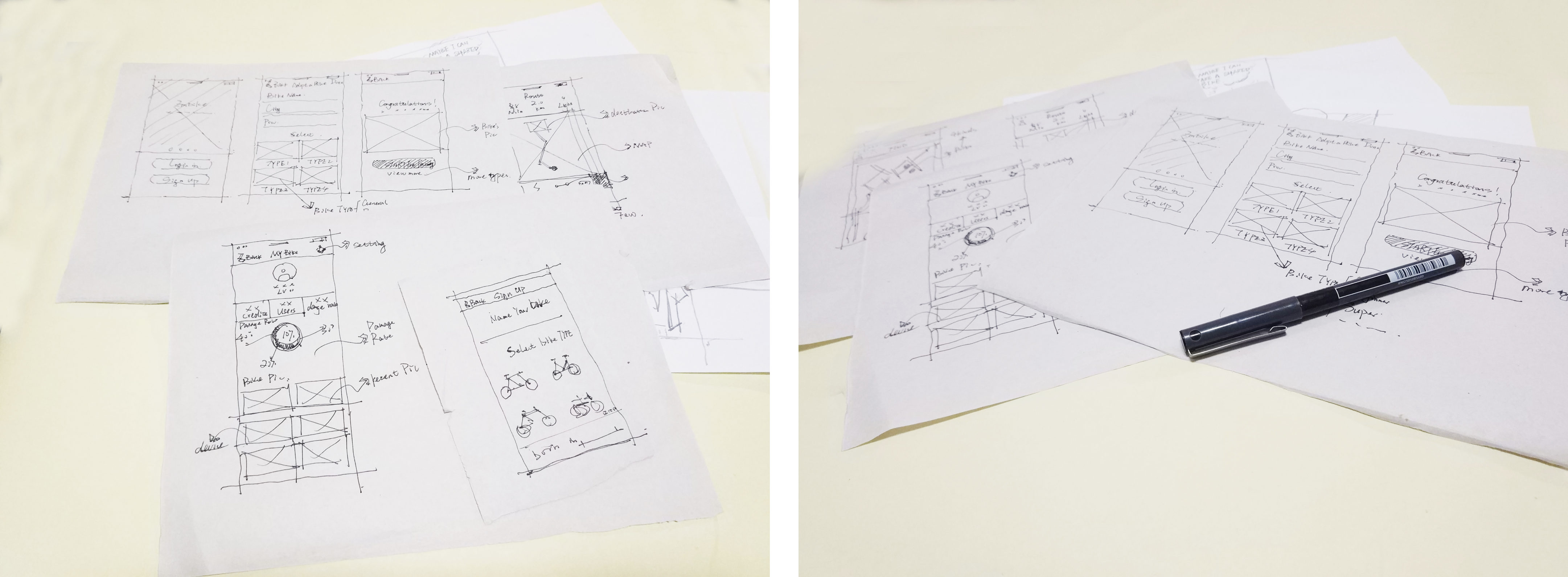
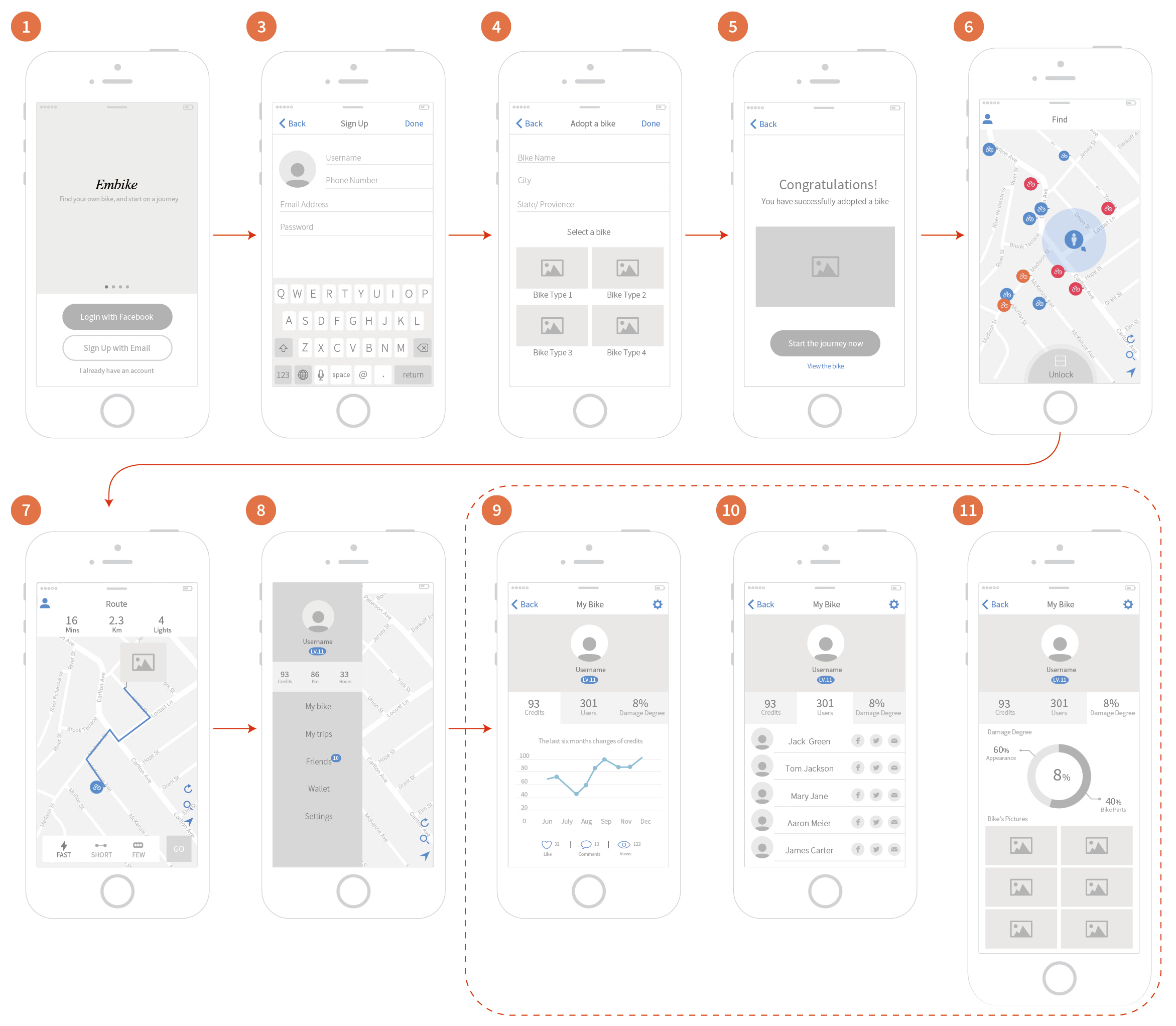
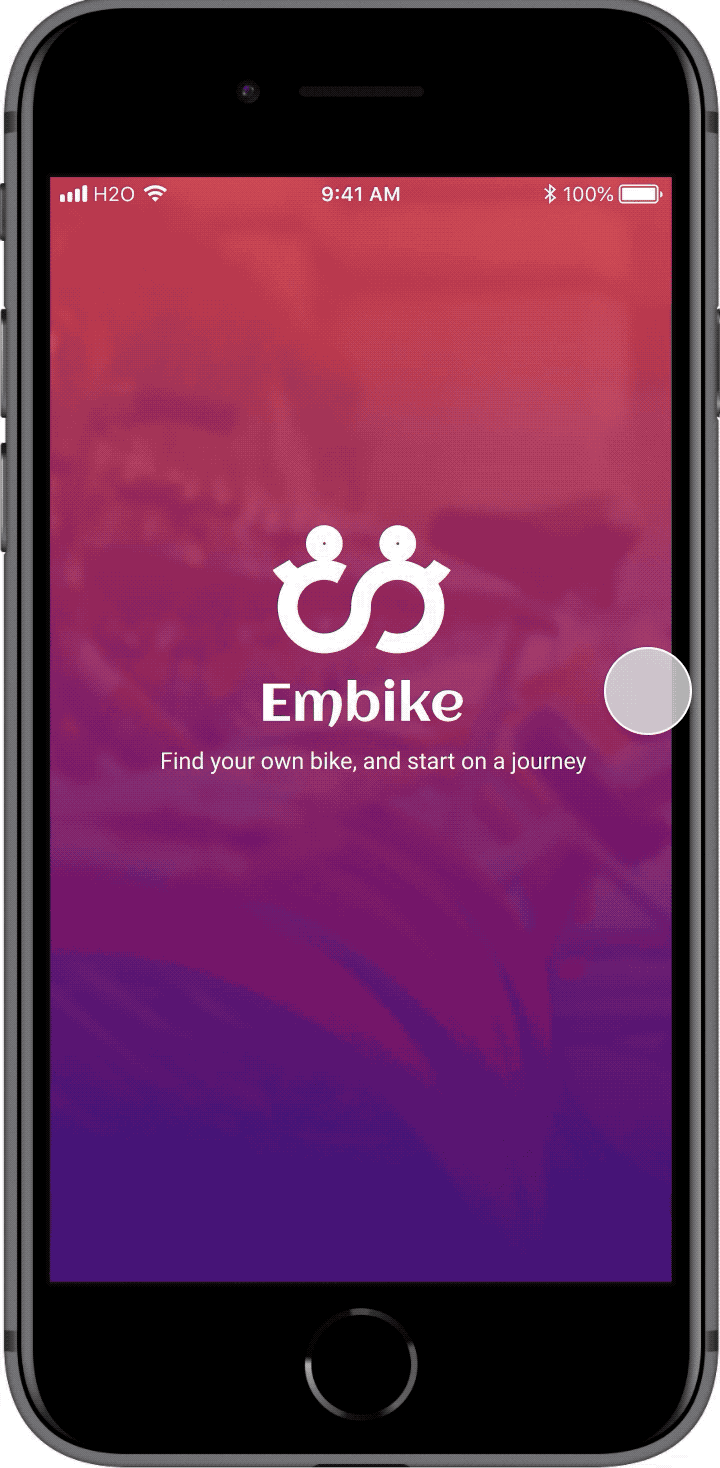
| Sign Up
Before getting a start on riding, users should sign up and adopt a
shared bicycle that would be used by others. In this way, to
prevent their bike from being destroyed, people would take good
care of the bike they used.
Users have different kinds of shared bicycle to choose to adopt,
such as general, senior, smart, and super, and this could bring
more experience pleasure to users.
| Riding
This section makes copious references to the current shared
bicycle product model, but I have added four different kinds of
bicycle types for users to choose from. Thus, different target
users can easily select various types of bicycles, which could
make the user experience more pleasurable.
Also, I have added three different routes, "shortest time,
shortest distance and fewest traffic lights," to get to the
destination. Users would have more options to choose the way.
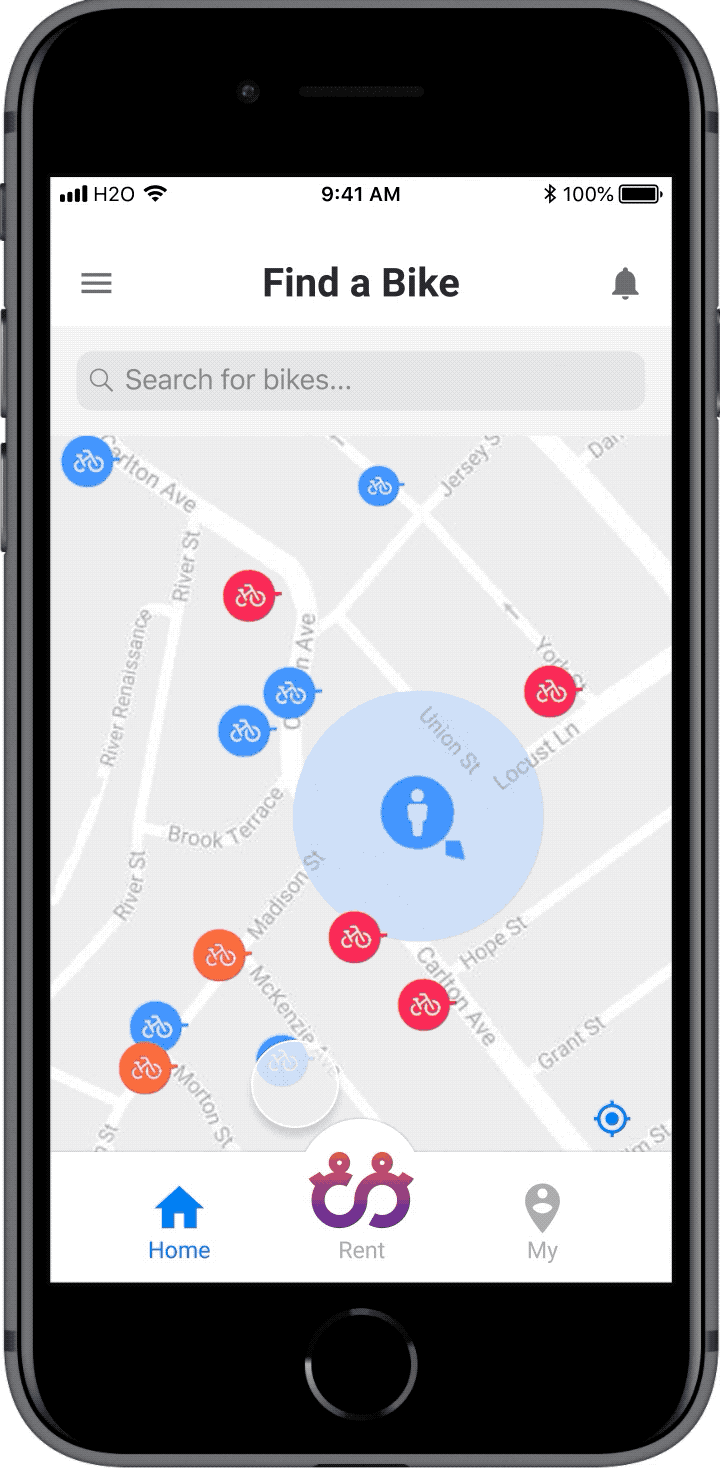
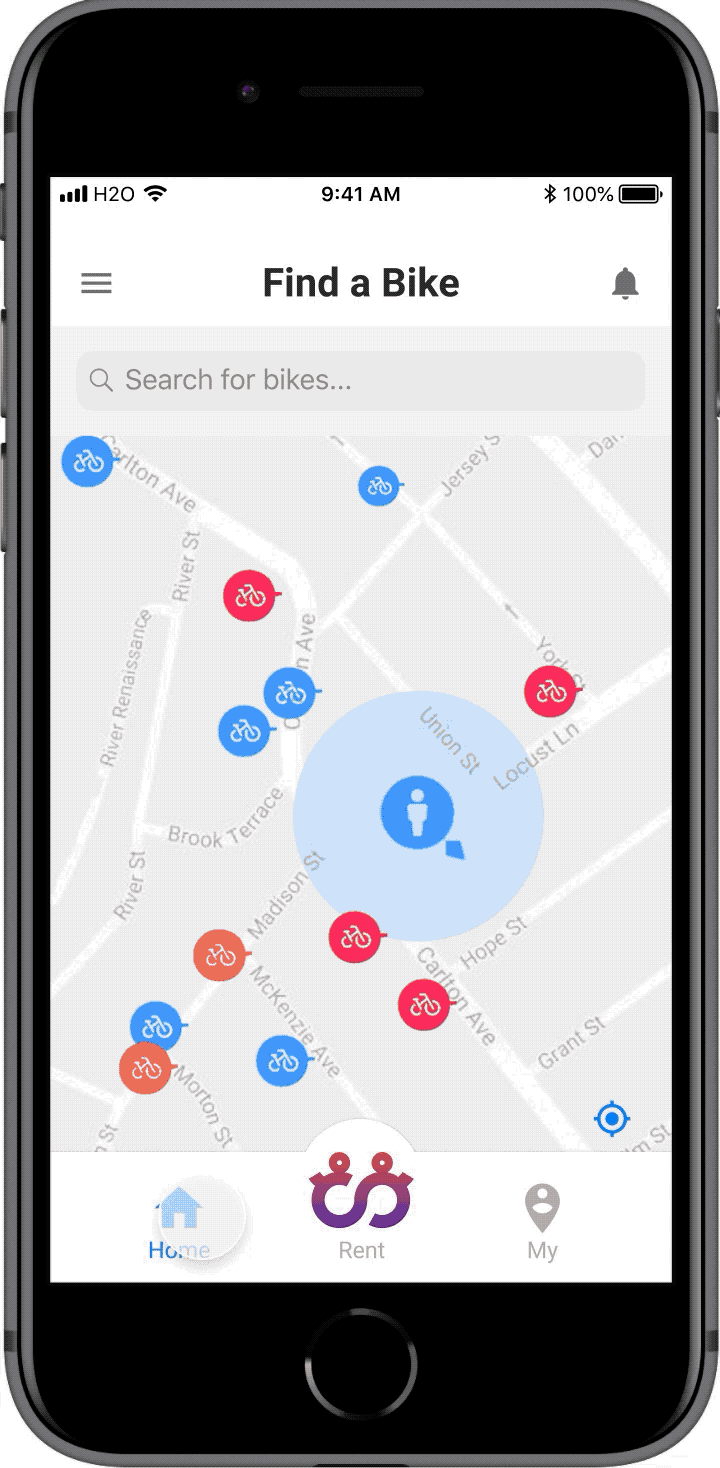
| My
In this section, users could get some information about the
condition of adopted bicycles, such as damaged parts, damage rate,
and some bicycle pictures. And users could know some riding
information, such as level, credits, and riding distance.
Moreover, users could look through the trend chart of the last six
months' changes in credits, which can inspire them to protect
others' bicycles.
Additionally, another exciting part is that users can communicate
with people who have used their bicycles. And it is beneficial for
people to make some new friends.
